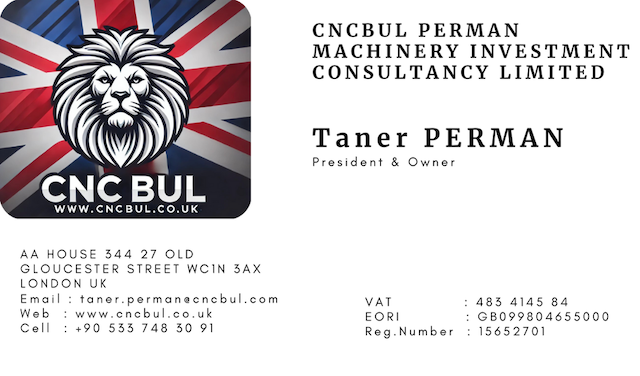A CNC Spinning Lathe Metal Forming Machine is a computer-controlled forming machine designed to shape rotationally symmetrical metal parts by metal spinning, without removing material. It forms sheet metal blanks over a rotating mandrel using a precision-controlled roller or forming tool, producing components like cones, cylinders, hemispheres, and complex contours.
 Technical Definition:
Technical Definition:
A CNC spinning lathe forms metal through plastic deformation while the workpiece is rotating on a lathe spindle. A roller tool, guided by CNC axes, presses the rotating sheet metal blank onto a mandrel (also called a chuck or form), progressively shaping it without cutting.
 Key Technical Components:
Key Technical Components:
| Component | Function |
|---|---|
| Main Spindle | Rotates the metal blank and mandrel at high speed (up to 3000 RPM depending on material and part size). |
| Tailstock | Supports and clamps the sheet blank against the mandrel for concentric forming. |
| CNC-Controlled Slides (X/Z/Y) | Guide the forming roller along the workpiece. Movement is programmable for accurate shaping. |
| Forming Tool (Roller) | Applies radial pressure to plastically deform the material over the mandrel. Tool shape varies based on material and forming method. |
| Mandrel (Die) | Acts as a male mold over which the metal is formed. Its geometry defines the final part shape. |
| Tool Turret (Optional) | May include trimming, cutting, beading, or necking tools for secondary operations. |
| CNC Controller | Controls tool paths, speeds, feedrates, dwell time, and forming sequences with G-code or proprietary software. |
 How It Works (Forming Cycle):
How It Works (Forming Cycle):
- A circular sheet metal blank is clamped against a rotating mandrel.
- As the spindle rotates, the CNC-controlled roller gradually presses the material onto the mandrel.
- The roller follows a precise path, deforming the metal without cracking or thinning it excessively.
- Optional finishing passes (e.g., trimming, beading) can be programmed after spinning.
 Types of CNC Spinning:
Types of CNC Spinning:
- Conventional Spinning
- Produces conical or cylindrical shapes
- Material thickness remains nearly constant
- Shear Spinning (Flow Forming)
- Reduces material thickness
- Used for high-strength components like aerospace cones or automotive hubs
- Tube Necking/Reduction
- Narrows tubular parts for bottle necks, filters, and piping
 Typical Machine Specs:
Typical Machine Specs:
| Feature | Range |
|---|---|
| Material Thickness | 0.5 mm – 10 mm (Aluminum, Steel, Stainless, Copper) |
| Blank Diameter | 100 mm – 2500 mm+ |
| Axes of Motion | Typically 2–4 CNC axes (X, Z, Y, optional B) |
| Spindle Speed | 100 – 3000 RPM |
| Forming Force | Up to 100 kN or more depending on size and material |
 Technical Advantages:
Technical Advantages:
- Chipless Process – No material is removed, only reshaped → less waste.
- High Material Strength – Cold forming strengthens material via strain hardening.
- Precision and Repeatability – CNC control allows complex geometries with tight tolerances.
- Flexibility – Quick changeovers for different shapes; programmable via CAD/CAM.
 Common Applications:
Common Applications:
- Aerospace: Nose cones, satellite components, air intake housings
- Automotive: Wheel rims, gas bottle necks, clutch housings
- Lighting: Reflectors, lampshades
- HVAC: Fan housings, duct reducers
- Household Goods: Pots, pans, decorative bowls
If you’re considering a CNC spinning lathe for your operation, I can help you compare specs (e.g. Leifeld, MJC, DENN) or determine whether shear spinning or conventional spinning suits your product.


